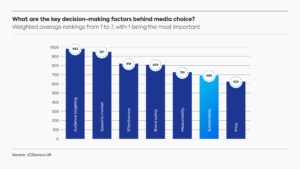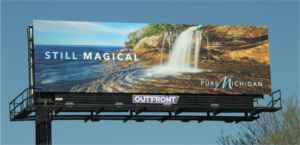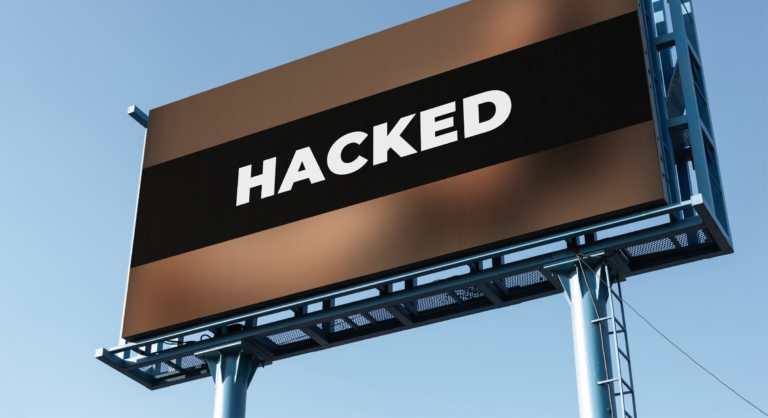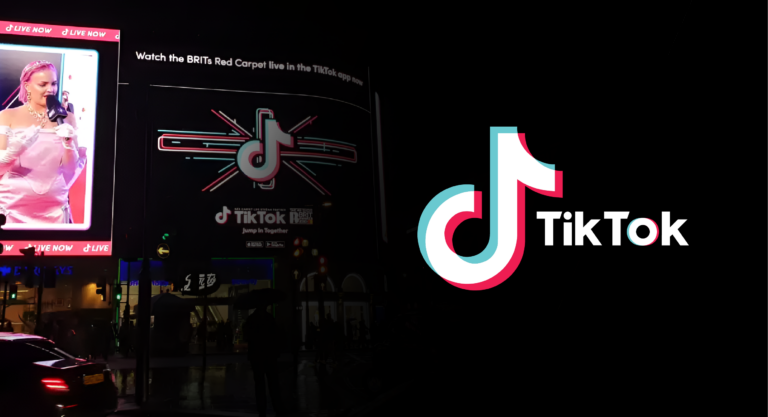It is not a surprise that consumers, especially Generation Z, have been the leading advocates of sustainability in recent years. According to a study by Kinetic, 53 % are making an effort to live more sustainably and 71 % believe brands have the opportunity to influence positive change.
Moreover, sustainability in marketing is still taking its first steps. The World Federation of Advertisers (WFA) says that marketing is not changing fast enough to align with the consumers expectations.
This is seen, for example, in promoting sustainability initiatives while turn shifting the budget away from sustainable media. According to research from JCDecaux UK, sustainability ranks near the bottom of the list when it comes to factors influencing media choice.

Chris Dooley, head of social impact at JCDecaux UK, believes that this picture is due to a lack of awareness of the sustainable achievements of different media. Encouragingly, there is greater ambition for transformation. 94 % of marketers say that more bold actions are needed. This is reflected in more brands now having sustainability as a KPI in marketing, rising from 26 % in 2021 to 43 % in 2023.
In outdoor advertising, brands have great potential to regain trust around sustainability. Research entitled ‘The Moment for Trust’ reveals a strong, positive correlation between trust and consideration, with OOH being the strongest medium to deliver both.
On the operational side, there are many leading companies in the OOH market that have made significant improvements. JCDecaux has become the first company in the industry to join the RE100 initiative, aiming to use green energy for 100 % of its electricity needs. Another example is Rapport, which uses titanium dioxide in its billboards to eliminate carbon emissions and other air pollutants.

These examples may give the impression that sustainability in OOH requires large investments, which is not necessarily true. Media owners can start by optimizing their daily processes, always aiming to generate tangible results. Here are some tips you can implement:
- Monitor the energy consumption and carbon emissions of your digital inventory, a task that can also lead to significant cost savings.
- Perform regular maintenance of your displays to identify and fix specific problems, thus avoiding replacing entire equipment.
- Optimize advertising installations and checks for efficient routing and work order planning.
- Perform ongoing storage cleanup, eliminating arts, campaigns and other files that will no longer be used.
All practices must be supported by ongoing communication with advertisers to rebalance their investment toward media that will repay and improve their level of trust. While these objectives will not be achieved overnight, OOH companies must be proactive as consumer needs and expectations evolve.





